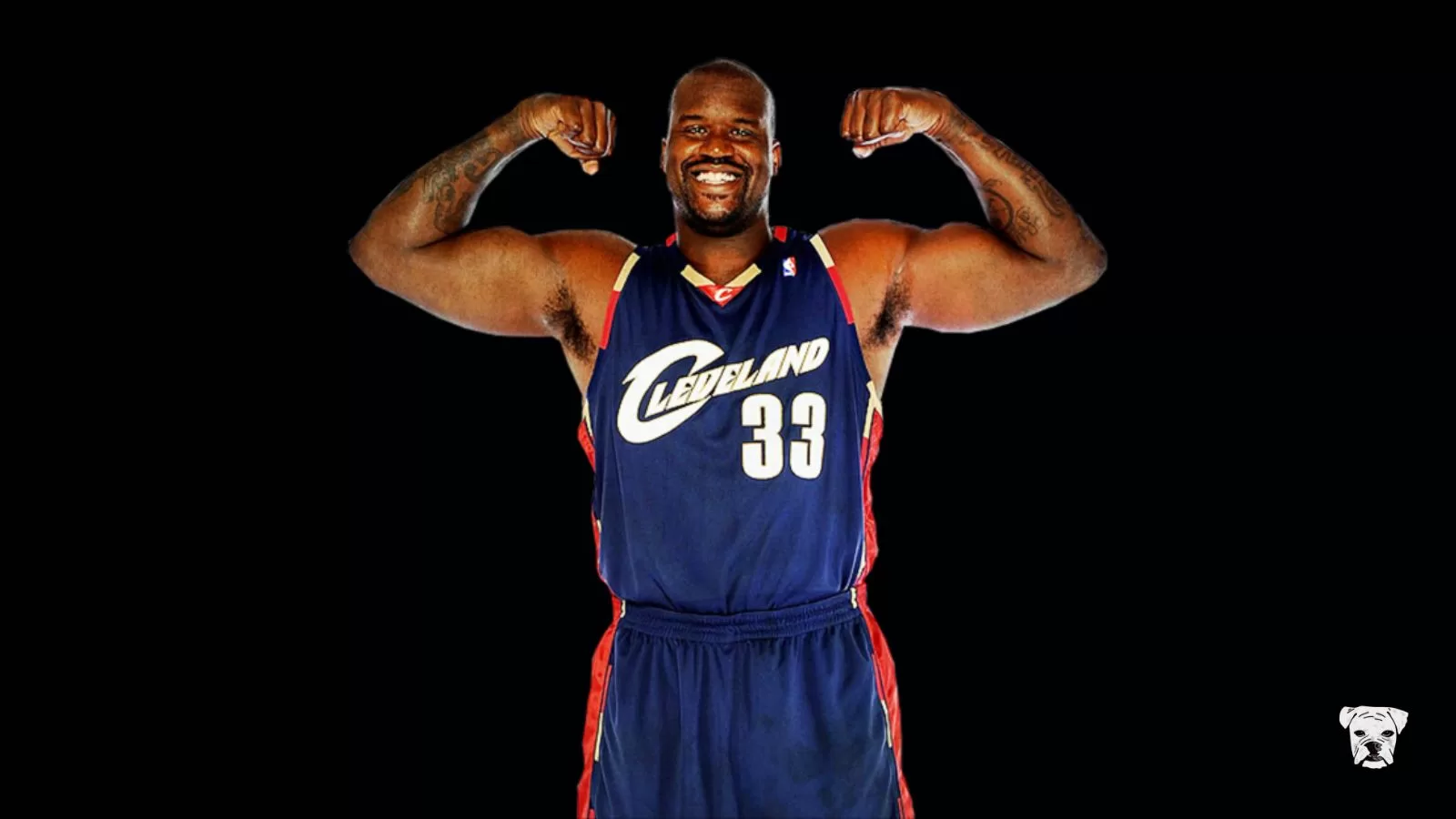Exploring The Heaviest Players In NBA History
When we think about professional basketball, our minds often picture towering athletes, leaping high for dunks or gracefully sinking long shots. But there's another fascinating aspect of player physicality that captures attention: sheer mass. It's truly interesting, don't you think, how some players carry a remarkable amount of weight, making them stand out on the court in a very distinct way. This particular characteristic, being very heavy, plays a unique part in how the game unfolds, especially in the rough-and-tumble world under the basket. So, we're going to talk about those individuals who have truly made a mark by being some of the heaviest players in NBA history.
The idea of "heavy" itself is pretty straightforward, usually meaning something has a great deal of weight, characterized by its mass. My text tells us that the meaning of heavy is having great weight, characterized by mass or weight. It's a simple concept, yet when applied to elite athletes, it takes on a whole new dimension. These players, who carry significant poundage, often use their size to their advantage, creating space, setting powerful screens, or holding their ground against equally strong opponents. It’s almost like they're immovable objects, at least on the basketball court.
It's worth noting, too, that the human body's capacity for weight can be truly astounding, as my text points out. For instance, Robert Earl Hughes, born on June 4, 1926, became the heaviest individual ever documented in history during his era. His remarkable weight can be attributed to an enduring condition. Today, we will explore the list of the heaviest people for those interested in such records. And, American Jon Brower Minnoch still holds the Guinness World Record for the world's heaviest human ever, nearly 40 years after his passing. He was 185 cm (6 ft 1 in) tall and weighed 178 kg (392 lb or 28 st). This general context of significant human weight helps us appreciate the scale when we consider the largest athletes in the NBA, who, while certainly heavy, are also incredibly agile for their size.
Table of Contents
- Understanding Player Weight in the NBA
- The Role of Mass on the Court
- Notable Heavyweights in NBA History
- How Weight Influences Performance and Longevity
- Frequently Asked Questions About NBA Player Weight
Understanding Player Weight in the NBA
When we talk about the heaviest players in NBA history, we are looking at athletes who push the boundaries of typical basketball player builds. These individuals often play positions where size offers a distinct advantage, such as center or power forward. Their weight isn't just dead mass; it's usually muscle and bone, providing a foundation for incredible strength and resilience. It's actually quite fascinating how they manage to move with such speed and coordination, considering their considerable size.
The definition of 'heaviest' in British English, according to my text, is the superlative adjective form of 'heavy.' This means we are seeking out those who possess the most weight among their peers. In the NBA, this means players often tipping the scales well over 250 pounds, sometimes even approaching 300 pounds or more. These are truly large people, even by general population standards, and definitely among athletes. So, when we discuss NBA player weight, we are talking about a very specific kind of athleticism.
Player weight can fluctuate throughout a career, too, depending on training, diet, and injury recovery. A player might start their career at one weight and gain significant mass over the years to better compete in the physical game. This adaptation is a common sight, as players look to find their ideal playing weight. It's a continuous process, really, trying to balance power with agility.
The Role of Mass on the Court
The sheer mass of a heavy player brings several strategic advantages to a basketball team. First and foremost, it allows them to dominate the painted area. They can establish deep post position, making it very difficult for smaller defenders to push them away from the basket. This ability to hold ground is vital for scoring close to the rim. It’s a physical game, and having someone who can simply out-muscle opponents is a huge asset.
Heavy players are also often excellent rebounders. Their size helps them box out opponents effectively, creating space to grab missed shots. They can absorb contact under the basket, too, which is very important for securing offensive and defensive boards. This skill directly translates into more possessions for their team, and that, arguably, can make a real difference in a game.
Furthermore, a heavy player can be a formidable screen setter. When they set a pick, it's like running into a brick wall for a defender. This creates open shots for teammates or allows ball handlers to drive to the basket more easily. Their presence in the lane also draws fouls, sending them to the free-throw line, which can be a steady source of points. So, their weight isn't just for show; it's a tool they use very effectively.
Notable Heavyweights in NBA History
Over the years, the NBA has seen its share of incredibly massive players. These athletes, through a combination of genetics, training, and strategic intent, have used their size to great effect. Their stories, honestly, are pretty compelling.
Shaquille O'Neal: A Dominant Force
Perhaps the most famous heavy player in NBA history is Shaquille O'Neal. Standing over seven feet tall and often weighing well over 300 pounds, Shaq was a truly unstoppable force in his prime. His weight, combined with his surprising agility and athleticism for a man his size, made him nearly impossible to guard one-on-one. He could simply overpower defenders, dunking with such force that he famously broke backboards. His sheer presence, you know, altered the game for many years.
Shaq's dominance shows how a player can leverage their weight to become a generational talent. He wasn't just big; he used his size with purpose, developing a powerful post-game and an intimidating defensive presence. His impact was so significant that teams had to devise specific strategies just to try and contain him. It’s hard to imagine, but his weight was a key part of his legendary career.
Eddy Curry and Other Big Men
Another player often mentioned in discussions about the heaviest players is Eddy Curry. At his peak, Curry was listed at over 285 pounds, sometimes reportedly reaching over 300 pounds. He possessed a soft touch around the basket and could score effectively when healthy. His career, though, was somewhat hampered by conditioning issues, which, in a way, highlights the challenges that come with maintaining such a large frame in a demanding sport.
Other notable heavy players throughout history include names like Oliver Miller, Robert Traylor, and Michael Sweetney. These players, while perhaps not reaching the same level of sustained stardom as O'Neal, certainly made their mark with their considerable size. They often provided a physical presence, grabbing rebounds and setting screens, which are valuable contributions to any team. It’s pretty clear that size, in certain roles, can be a distinct advantage.
Present-Day Heavyweights
Even today, the NBA features some very heavy players, though the style of play has evolved. While the game has become faster and more spread out, there is still a place for strong, massive centers who can protect the rim and rebound. Players like Nikola Jokic, while not necessarily among the absolute heaviest historically, carry significant weight and use their bulk incredibly effectively for positioning and passing. Others, like Boban Marjanovic, are truly enormous, using their height and weight to simply overwhelm opponents in short bursts. The game is always changing, but the utility of a big, strong player remains.
How Weight Influences Performance and Longevity
The weight of an NBA player, especially if it's on the higher side, has a direct influence on their performance and, just as importantly, their career longevity. For big men, extra weight can mean more power and stability in the post, allowing them to absorb contact and finish plays. It also helps with defensive anchoring, making it harder for opposing players to drive to the basket. So, in some respects, it's a tool for success.
However, there's a delicate balance. Too much weight, particularly if it's not well-distributed or if it's not primarily muscle, can put a lot of stress on a player's joints, especially their knees and ankles. This can lead to increased risk of injury and, over time, shorten a player's career. Maintaining peak physical condition at a very high weight requires very specific training and dietary regimens. It's a continuous effort, really, for these athletes.
The demands of an 82-game season, plus playoffs, are immense. Heavy players often face challenges with conditioning and stamina, needing to manage their energy levels carefully throughout games. Their coaches and training staff work closely with them to ensure they are at an optimal weight that maximizes their strengths while minimizing injury risk. It's a complex equation, balancing power with durability. Learn more about athlete conditioning on our site, and link to this page for more insights.
The conversation around player weight has, arguably, become even more nuanced in the modern NBA. With the emphasis on three-point shooting and faster paces, even centers are expected to be more mobile. This means that while being very heavy can still be an advantage, it needs to be combined with a degree of athleticism and agility that was perhaps less critical in past eras. It's a testament to these players that they adapt their game. For more details on NBA player stats, you might find information on official NBA statistics websites very helpful.
Frequently Asked Questions About NBA Player Weight
How much do NBA players typically weigh?
NBA players have a pretty wide range of weights, usually depending on their position. Guards might weigh between 180 to 220 pounds, while forwards often fall into the 200 to 250-pound range. Centers, who are typically the biggest players, can weigh anywhere from 240 pounds up to over 300 pounds. It really just depends on their role and body type.
Does being heavy help or hurt an NBA player?
Being heavy can actually be both a help and a hindrance for an NBA player. It's very helpful for establishing post position, rebounding, and setting strong screens. However, too much weight can also slow a player down, make them more prone to injuries, and impact their stamina over a long season. It’s a balance, you know, that each player tries to find.
Who is considered the heaviest NBA player currently?
The heaviest NBA player at any given time can change due to roster moves and player conditioning. Typically, it's one of the league's dominant centers. Players like Boban Marjanovic have consistently been among the heaviest in recent years, often listed around 290 pounds or more. It's a pretty big deal to carry that much size and still perform at an elite level.

The Heaviest NBA Players 2022-23 | Dunkest

Heaviest NBA Players: In 2025 & Through Basketball History

Heaviest NBA Players: In 2025 & Through Basketball History